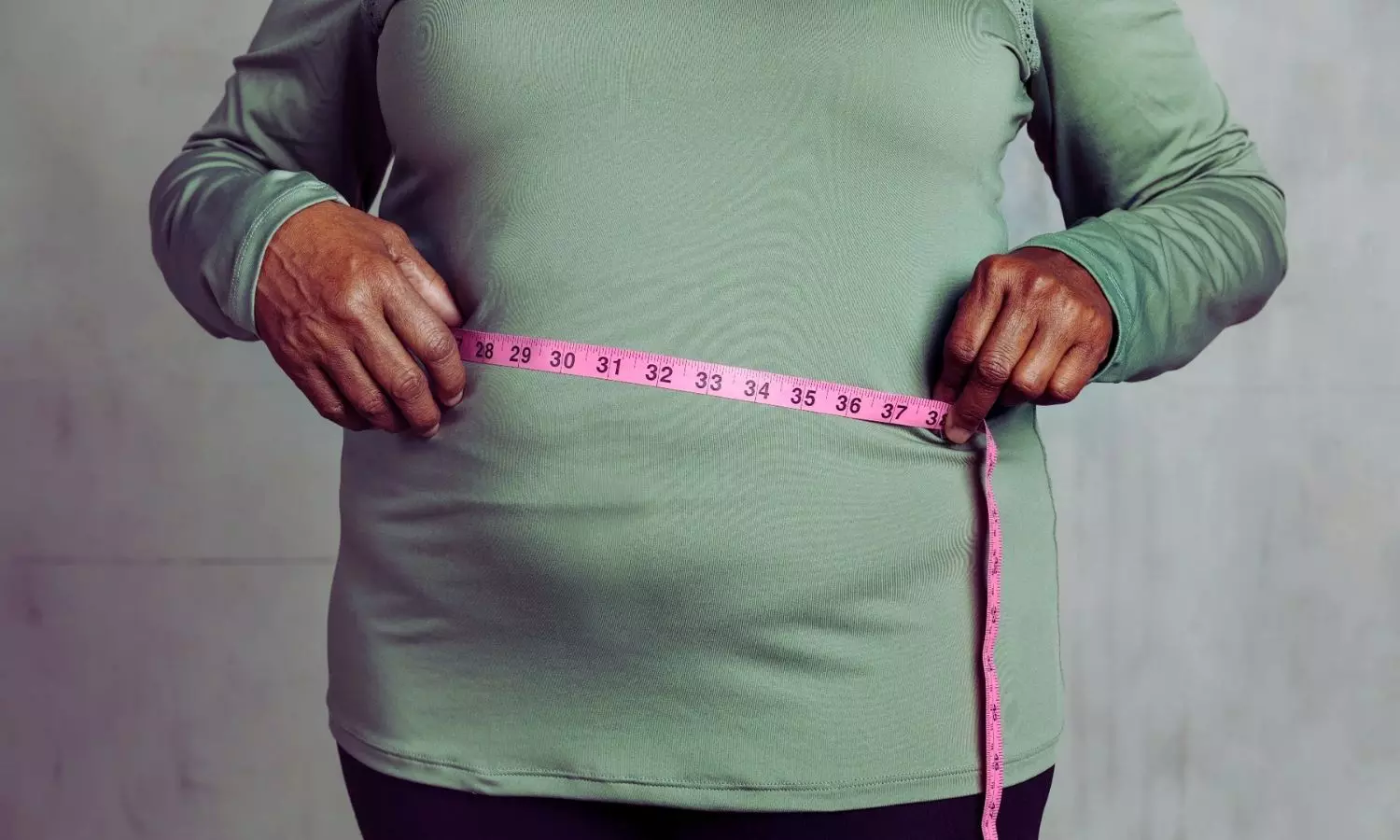Delivery Dilemmas: Study evaluating Obesity's Influence on Cesarean Section Trends
- byDoctor News Daily Team
- 23 September, 2025
- 0 Comments
- 0 Mins

Recent study investigated the relationship between second-trimester anthropometric obesity indicators and cesarean section (CS) in Chinese pregnant women, aiming to identify effective predictors to reduce unnecessary CS rates. The research highlighted the increasing global CS rates and the associated short- and long-term risks for both mothers and infants. Maternal obesity during the second trimester has been linked to an elevated CS risk, emphasizing the need for reliable obesity indicators for prenatal risk assessment. Different indicators like Body Mass Index (BMI), Subcutaneous Fat Thickness (SCFT), Waist Circumference (WC), Body Fat Percentage (BFP), and Body Roundness Index (BRI) were evaluated for their associations with CS risk. Key Findings and Associations The findings showed that BMI, BFP, WC, and BRI were significant predictors of CS risk, with BRI demonstrating the strongest association. Maternal age and fetal sex were identified as modifiers influencing these associations, with advanced maternal age and male infants showing heightened CS risks. The study included a large sample of Chinese pregnant women, and statistical analyses revealed significant correlations between anthropometric indicators and CS risk after adjusting for covariates. Recommendations for CS Risk Assessment Integrated approaches combining BMI and WC were recommended for effective CS risk assessment, with BRI being a superior indicator despite its complexity. The study emphasized the importance of early identification of high-risk subgroups and integrating obesity-related indicators into routine prenatal care to optimize delivery planning and develop targeted interventions. The research findings suggested that an individualized perinatal care approach using multiple anthropometric indicators could enhance risk stratification and improve maternal and neonatal outcomes. Limitations and Future Research Directions While the study provided valuable insights into the associations between anthropometric obesity indicators and CS risk, certain limitations such as the observational design, single-center setting, limited participant characteristics, and the need for further longitudinal studies to confirm the findings were acknowledged. Future research directions were proposed to explore the longitudinal impact of maternal adiposity changes on delivery outcomes and develop accessible tools for integrating anthropometric indicators into routine obstetric care for enhanced risk assessment and improved maternal health outcomes. - Investigated the relationship between second-trimester anthropometric obesity indicators and cesarean section (CS) in Chinese pregnant women to identify predictors for reducing unnecessary CS rates in response to the increasing global CS rates and associated risks for mothers and infants. - Found that Body Mass Index (BMI), Body Fat Percentage (BFP), Waist Circumference (WC), and Body Roundness Index (BRI) were significant predictors of CS risk, with BRI showing the strongest association, while maternal age and fetal sex modulated these associations. - Recommended integrated BMI and WC approaches for effective CS risk assessment, suggesting the superiority of BRI as an indicator and highlighting the importance of early identification of high-risk subgroups and integrating obesity-related indicators into routine prenatal care. - Acknowledged study limitations such as observational design, single-center setting, and the need for further longitudinal research to confirm findings, proposing future directions to explore the impact of maternal adiposity changes on delivery outcomes and develop accessible tools for enhanced risk assessment in obstetric care. - Emphasized the need for reliable obesity indicators for prenatal risk assessment due to the linkage between maternal obesity during the second trimester and elevated CS risk, aiming to optimize delivery planning, develop targeted interventions, and improve maternal and neonatal outcomes through individualized perinatal care approaches using multiple anthropometric indicators. Reference – Anqi Xiong et al. (2025). Second-Trimester Anthropometric Estimators Of Cesarean Section: The Agreement Between Body Roundness Index, Body Mass Index, Body Fat Percentage, And Waist Circumference. *BMC Pregnancy And Childbirth*, 25. https://doi.org/10.1186/s12884-025-07643-8.
Disclaimer: This website is designed for healthcare professionals and serves solely for informational purposes.
The content provided should not be interpreted as medical advice, diagnosis, treatment recommendations, prescriptions, or endorsements of specific medical practices. It is not a replacement for professional medical consultation or the expertise of a licensed healthcare provider.
Given the ever-evolving nature of medical science, we strive to keep our information accurate and up to date. However, we do not guarantee the completeness or accuracy of the content.
If you come across any inconsistencies, please reach out to us at
admin@doctornewsdaily.com.
We do not support or endorse medical opinions, treatments, or recommendations that contradict the advice of qualified healthcare professionals.
By using this website, you agree to our
Terms of Use,
Privacy Policy, and
Advertisement Policy.
For further details, please review our
Full Disclaimer.
Recent News
NMC approves 2,337 new PG medical seats for NEET P...
- 22 October, 2025
Rajasthan MBBS student airlifted from Kazakhstan a...
- 22 October, 2025
NEET SS 2025 now on December 26th, 27th: NBE
- 22 October, 2025
Medical Bulletin 22/October/2025
- 22 October, 2025
Daily Newsletter
Get all the top stories from Blogs to keep track.


0 Comments
Post a comment
No comments yet. Be the first to comment!